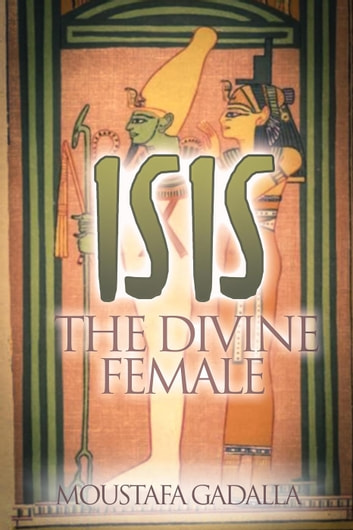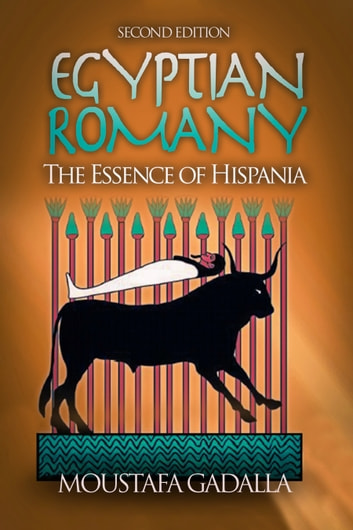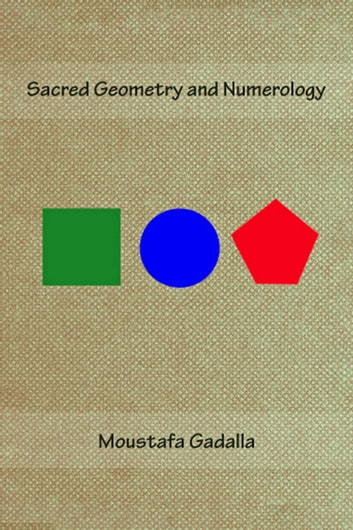The Musical Aspects of the Ancient Egyptian Vocalic Language
SHORT DESCRIPTION
This book will show that the fundamentals, structure, formations, grammar, and syntax are exactly the same in music and in the Egyptian alphabetical language. The book will show the musical/tonal/tonic Egyptian alphabetical letters as being derived from the three primary tonal sounds/vowels; the fundamentals of generative phonology; and the nature of the four sound variations of each letter and their exact equivalence in musical notes; the generative nature of both the musical triads and its equivalence in the Egyptian trilateral stem verbs; utilization of alphabetical letters and the vocalic notations for both texts and musical instruments performance; and much more.
View Buying Options



